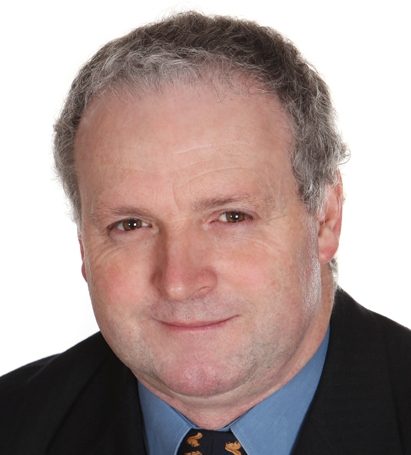Challenges for the Old and New Players in the Secondary Lead Industry
Agenda for
21-23 June
2023

Mark Stevenson
Director, Global Lead Technologies, Australia
Over the last two decades, process improvements in the recycling of lead-acid batteries have improved the industry’s image, shifting perception from a simple heat and melt process to one of a complex metallurgical operation capable of producing high-quality lead and lead alloys.
However, recycling the battery is not just about controlling the lead. The spent energy storage device contains many other elements, compounds and components added to the battery’s construction. For example, barium sulphate and carbon are added to the paste as expanders, and antimony, arsenic and tin, to name a few, are alloy additions. And, of course, sulphur is one of the keys to the battery. We can add the separators, with silica being one of its main components, to the many polymer types in the fibres and floc to hold the active material together. Current smelting and refining techniques treat many of these elements during operations, but a few go unnoticed in the process.
With the development of novel aqueous processes for lead recycling, many ‘hidden’ elements which present no issues for pyro-recyclers will need to be controlled. This presentation will look at all these ‘hidden’ elements, their deportment, and some of the challenges they present for all players, whether they be “pyro” or “hydro”.
However, recycling the battery is not just about controlling the lead. The spent energy storage device contains many other elements, compounds and components added to the battery’s construction. For example, barium sulphate and carbon are added to the paste as expanders, and antimony, arsenic and tin, to name a few, are alloy additions. And, of course, sulphur is one of the keys to the battery. We can add the separators, with silica being one of its main components, to the many polymer types in the fibres and floc to hold the active material together. Current smelting and refining techniques treat many of these elements during operations, but a few go unnoticed in the process.
With the development of novel aqueous processes for lead recycling, many ‘hidden’ elements which present no issues for pyro-recyclers will need to be controlled. This presentation will look at all these ‘hidden’ elements, their deportment, and some of the challenges they present for all players, whether they be “pyro” or “hydro”.
Bio
Mark Stevenson has been involved in the lead smelting and battery industry for the past 43 years. His career has covered all facets of primary and secondary lead research and production and battery development working in numerous roles over these years. He is currently the Technical Director for Global Lead Technologies consulting to many companies around the world on best smelting practices for lead. He holds numerous positions throughout the world including Chairman of the Asian Battery and Secondary Lead conferences.

